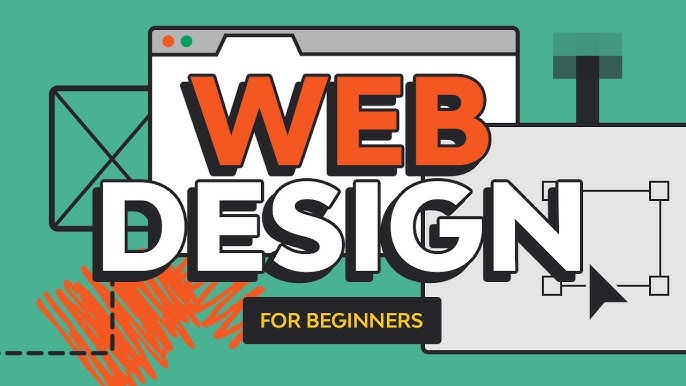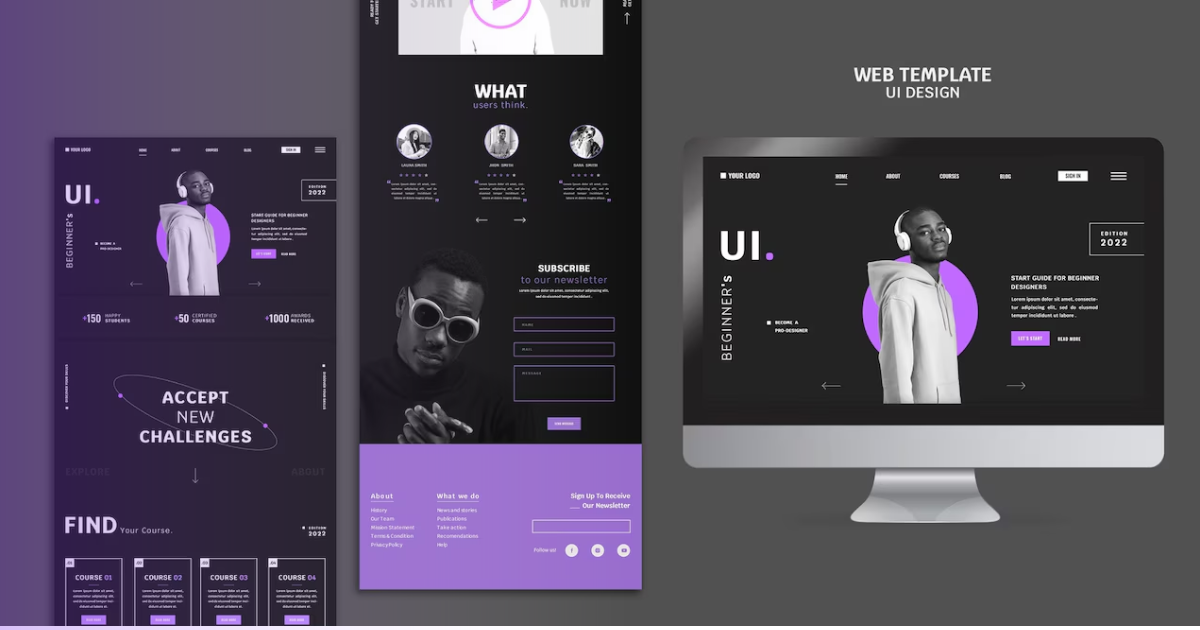Aligned Position Web Design: Delivering High-Quality, User-Friendly Web Designs for Every Industry
Aligned Position Web Design: Delivering High-Quality, User-Friendly Web Designs for Every Industry
Blog Article
The Very Best Kinds Of Web Layout to Improve User Experience and Engagement
In the ever-evolving landscape of electronic communication, the performance of Web design substantially affects individual experience and engagement. Different layout strategies, such as minimalist, responsive, and interactive formats, each offer special advantages that can accommodate varied individual demands. Recognizing which kinds of website design finest offer these objectives can be pivotal for businesses intending to enhance consumer complete satisfaction and retention. The inquiry continues to be: which layout aspects genuinely reverberate with users and foster meaningful engagement? The exploration of these principles discloses important insights that might redefine your method to website design.
Minimal Web Design
As digital landscapes come to be significantly cluttered, minimal website design has become an effective approach to boosting customer experience. This design ideology focuses on simpleness, concentrating on necessary elements while getting rid of unnecessary disturbances. By utilizing ample white area, straightforward navigation, and a limited shade scheme, minimal style fosters quality and directs individual interest to essential content.
The core concept of minimalist website design is to create a smooth interaction for users. By lowering cognitive tons, customers can quickly understand details without feeling overwhelmed. This straight strategy not only improves functionality however additionally motivates interaction, as visitors are most likely to explore a website that is visually attractive and easy to browse.
Furthermore, minimalist design usually highlights typography and images, utilizing these aspects strategically to share messages efficiently. This concentrate on important elements can enhance brand name identity and produce a remarkable customer experience. Essentially, minimal website design is not simply a pattern; it is a thoughtful technique that acknowledges the value of user-centered design. By stripping away nonessential aspects, designers can develop an extra engaging, effective, and delightful Web experience for all individuals.
Receptive Website Design
In today's diverse digital environment, responsive website design has ended up being necessary for developing a seamless user experience across a wide range of gadgets. As individuals gain access to internet sites on smart devices, desktops, laptops, and tablets, the capacity of an internet site to adjust its format and web content to various screen sizes and resolutions is crucial.
Responsive Web layout uses flexible grids, pictures, and CSS media questions to make certain that Web content is presented efficiently, despite the device used. This approach not just improves the visual appeal of an internet site yet additionally substantially enhances usability. Customers are more probable to engage with a website that provides a consistent experience, as it removes the irritation of having to zoom in or scroll exceedingly.
By adopting receptive style, services can improve their presence and reach a wider target market. In summary, responsive Web layout is a fundamental method that boosts user experience, interaction, and total satisfaction.
Interactive Web Design
Responsive website design lays the foundation for improving customer experience, but interactive Web style takes this an action better by engaging individuals in an extra vibrant method - Aligned Position Web Design. By including aspects such as animations, clickable models, and real-time responses, interactive website design mesmerizes users, attracting them right into a richer surfing experience
This approach not only fosters interaction but likewise motivates individuals to check out material proactively rather than passively consuming it. Techniques such as gamification, where individuals make benefits for completing jobs, can considerably improve the moment spent on a site and enhance general complete satisfaction. Moreover, interactive attributes can streamline complicated info, making it a lot more absorbable and enjoyable.

Including interactive layout elements can likewise bring about higher conversion rates, as individuals are most likely to involve with a website that actively includes them. Aligned Position Web Design. Eventually, interactive Web layout changes user experiences into unforgettable trips, guaranteeing that site visitors return time after time
Flat Style
Defined by its minimalistic technique, flat layout emphasizes simplicity and functionality, removing unnecessary components and concentrating on important functions. This style viewpoint prioritizes usability, making certain that customers can navigate interfaces effortlessly and effectiveness. By utilizing a clean aesthetic, flat design eliminates the clutter typically discovered in much more ornate styles, thereby boosting user focus on content and capability.
The characteristic of level style lies in its use of strong colors, simple typography, and geometric forms. These aspects contribute to a visually appealing interface that is both modern-day and approachable. Furthermore, flat style promotes a feeling of clearness, allowing customers to determine vital actions and information without distraction.
Moreover, level design is especially reliable in receptive Web design, as its simplicity converts well throughout various gadgets and display sizes. By focusing on necessary features, flat style not just fulfills user requirements yet also encourages seamless interaction, making it a crucial part of efficient Web layout techniques.
Flexible Web Style
Flexible useful content Web layout personalizes the user experience by creating multiple repaired designs customized to various display sizes and gadgets. Unlike responsive style, which fluidly changes a single design, adaptive layout employs distinct layouts for specific breakpoints, guaranteeing optimal presentation on different systems. This strategy permits developers see page to concentrate on the special attributes of each tool, enhancing usability by delivering specifically what customers require based on their context.
One of the key benefits of flexible website design is its ability to maximize lots times and efficiency. By serving tailored material and images that fit the user's tool, web sites can lessen information use and enhance loading speeds. This is particularly beneficial for customers with slower links or minimal information plans.

In addition, adaptive style facilitates a much more regulated and regular branding experience. Because developers develop several designs, they can make sure that the aesthetic elements line up with the brand name's identification across different platforms - Aligned Position Web Design. This leads to a natural customer experience, enhancing engagement and promoting customer retention
Verdict
Minimalist design cultivates quality and emphasis, while responsive design ensures adaptability throughout different gadgets, promoting accessibility. Jointly, these style approaches contribute to the production of straightforward atmospheres that not only boost contentment however likewise drive higher conversion prices, highlighting their crucial importance in modern check these guys out Web layout approaches.
.png)
Minimal layout cultivates clarity and focus, while responsive design guarantees flexibility throughout various tools, advertising accessibility. Collectively, these design approaches add to the development of straightforward settings that not just boost contentment yet additionally drive greater conversion prices, underscoring their essential relevance in modern Web style methods.
Report this page